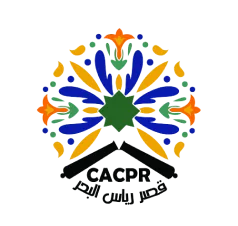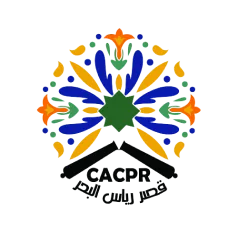HISTORIC
- Monday to Saturday 9:00 a.m. to 5:00 p.m. Sunday closed
At the neighborhood of the sea front, the so called « QAA ESSOUR », the bottom of the rampart; a battery (Topanet) was erected by the Rais Mami Arnaut, by order of Ramadan Pasha in1576, so that to fortify the defensive system and to protect the north western side of the city from any foreign invasions.
It was considered as the starting and returns point of the Rias from their missions. Today it is the only evidence of the extension of the urban fabric of the Casbah of Algiers from the peak to the sea.
This site is composed of a group of Moorish style buildings, composed of three palaces 18, 23, 17, covered corridors, fishermen houses, Djamaa Qaa Essour, a path round the battlements and a battery (a high defensive wall).
Palace ‘18 erection period
The construction of palace 18 goes back to 1750 and then bought by Al khaznadji (Treasurer) Mustapha Qara in 1797, who sold it to Mustapha Pasha in 1798, to become his own (residency).in )1800), the two next palaces 23 and 17 were constructed. During the French occupation, palace 18 became the residency of many personalities, among whom the consul of the United States of America and the Duke of Aumale, turned into a boarding school for youth girls in 1846. The palace suffered many changes including the mosaic found in the tiny living room (the favorite room).
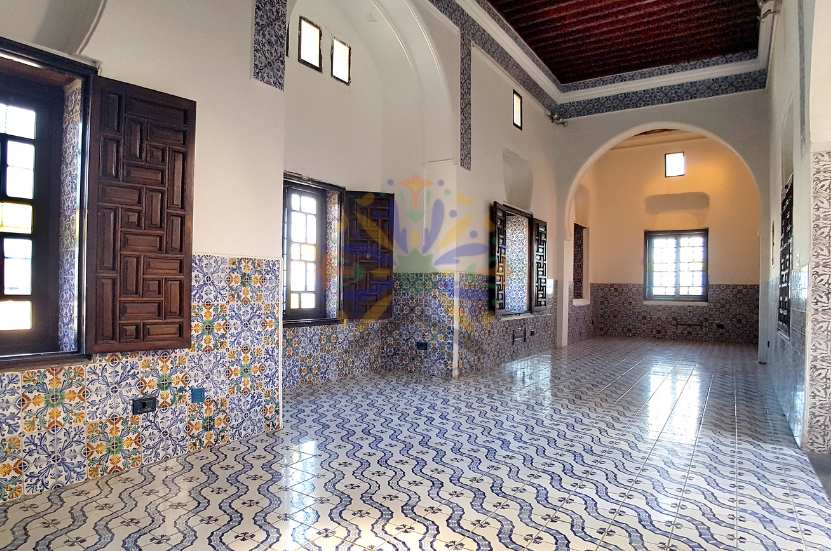
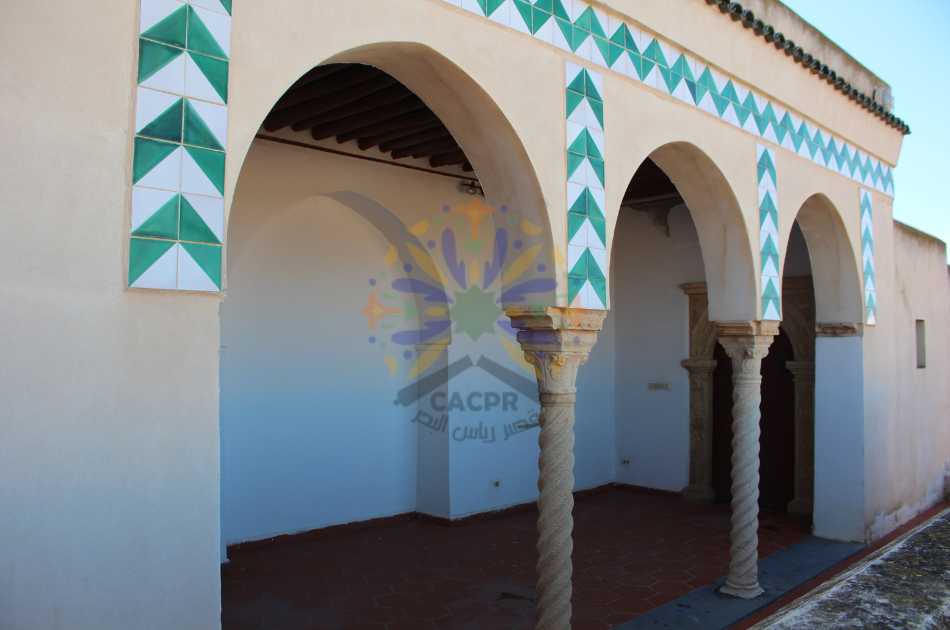
The Palace of Rias after independence
After independence, Rias Palace become a neighborhood of many Algerian families until 1981, when the residence was evacuated for the purpose of restoring it as a monument by the Ministry of Culture. it was restored by an Italian company), from 1987 to 1993, specialized in restoration of the archeological monuments with an Algerian participation, taking account the original architectural characteristic of the building. It was inaugurated as a Center of Arts and culture Rayas place bastion 23 on the 1st of November 1994.
Among its tasks: organization of cultural and scientific events, pedagogical guided visits and raising awareness to preserve the cultural heritage and also to protect the monument, which was classified as a national monument in 1909.
It was testified and listed as a universal world heritage within preserved sectors of the Casbah by the UNESCO in 1992.
Rias’ palace restoration works
Rias palace used to be a residency for some Algerian families, which led to deterioration of state of preservation of the historical building; this prompted ministry of culture to evacuate the residents during the eighties’(80’s). Therefore, works restoration started in 1987 by an Italian company (SCI-MBM), in collaboration with Algerian experts and under the supervision of the UNSCO in 1988, after a period of studies and field inspections done by Algerian and Turkish experts.

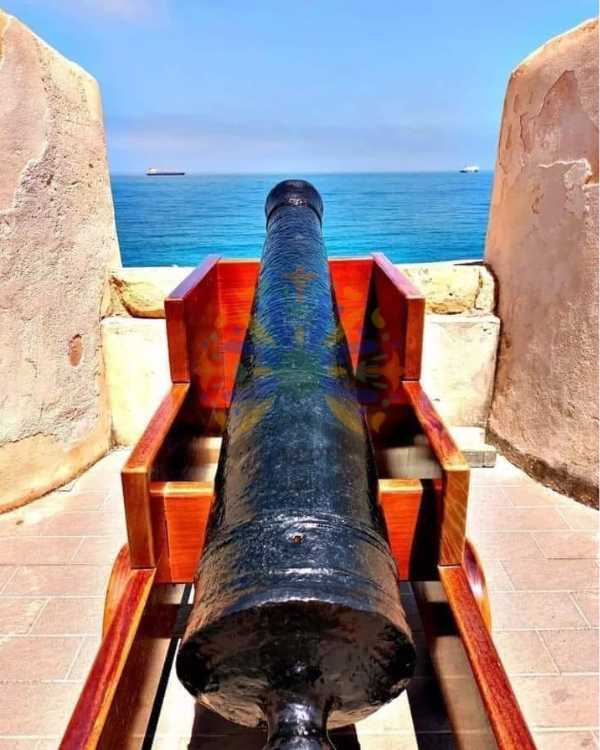
The Cannon
A cannon of the type known as “Al-Ja’ab,” which was used on ships to demolish fortress walls. It bears the number 95 and was restored in the year 2022 by restoration experts.
This cannon consists of a barrel or cylinder with a length of 1.90 meters, made of iron. Its approximate weight is 4 quintals and 80 kilograms. It has a caliber of 90 millimeters, and the barrel is composed of four parts with a nozzle measuring 9 centimeters.
Rias ‘palace restauration stages
The urgent intervention’ stage
This step started with the establishment of the monument, in order to strengthen the original buildings and removing distortion and damage of the archeological historical monument.
Research and analysis stage
This stage was represented in the architectural detection and analysis by registering observation in a form of files and reports, furthermore, identifying the characteristics and features of the architectural elements and to get specifications register for each space separately, in addition to that, studying buildings’ floor and various sewage systems, with a possibility of renewing terraces.
The beginning of restoration works
Restoration works seemed urgent with its first step, with a purpose of initiating the process of works, so that to restore and maintain the historical building according a specific program, in which they focalized on getting beak the original architectural elements of the monument and the one of spaces as well. As they strengthened the historical monument by protecting its walls by using material to avoid humidity.
